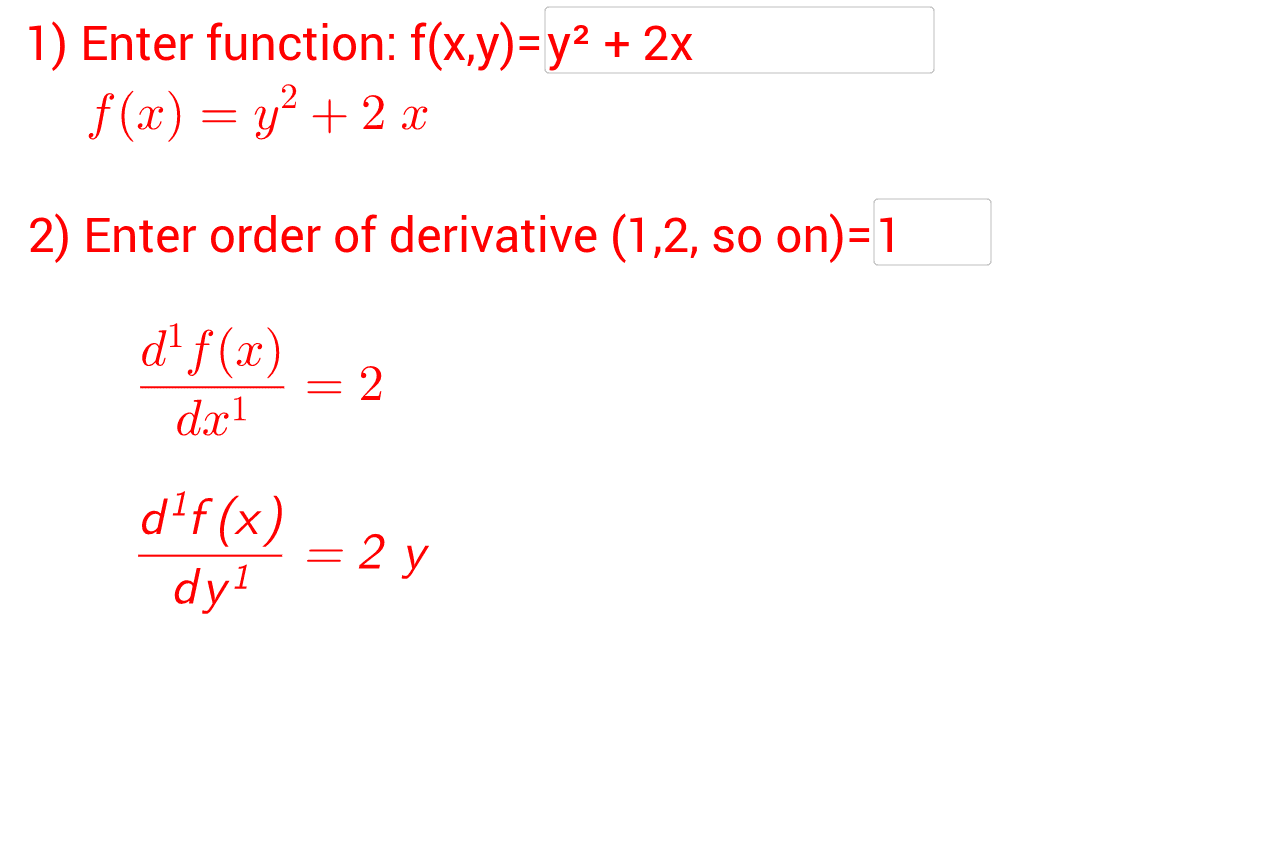Basic Calculus - Differentiation
Frequent Used Formula


Graph Stuff
Set

Set Intersection
: intersection of A and B (overlapping part, A and B).
Set Union
: the union of A and B. (A or B)
Functions
Domain and Range




Inverse Function



Elementary Function



Limit
What is Limit?


Left Hand and Right Hand Limits


Special Limits (very important)
For n > 0,
and
Continuity


Differentiation Stuff
Derivative


Note: If is differentiable at , then is continuous at .
Differentiation
Basic Rules

Chain Rule

Basically : Differential inside, then do outside.
L’Hospital’s Rule

Basically : If it is a fraction and the possible outcome is 0 or when , differentiate both numerator and denominator part.
Probability and Statistics
Three Conceptual Approaches to Probability
Classical Probability
Based on the observations of some experiments that produce outcomes that have equal probability. E.g. tossing a die, flipping a coin.
Relative Frequency Concept of Probability
These probabilities cannot be computed using the classical probability rule because the various outcomes for the corresponding experiments are not equally likely. E.g. The probability that an 80-year-old person will live for at least one more year.
where n is the times if experiment repeated.
Subjective Probability
Many times we face experiments that neither have equally likely outcomes nor can be repeated to generate data. In such cases, we cannot compute the probabilities of events using the classical probability rule or the relative frequency concept. E.g. The probability that Carol, who is taking statistics this
semester, will get an A in this subject.
Counting Rules
- Multiplicative Rule
- Permutations Rule
- Combinations Rule
Conditional Probability
Let A and B be two events and P(B) > 0. The conditional probability of A given B is defined as
Bayes’ Theorem
Suppose , · · · , form a partition of the sample space S (that is, they are mutually exclusive and exhaustive), (and P() > 0 for any i), then for any k = 1, · · · n and any event A (such that P(A) > 0)

Binomial Probability Distribution

Poisson Distribution

Normal Distributions

Standard Normal Distribution


Uniform Distributions


Sampling from normal distribution


Confidence Interval
CI for population mean with known variance

CI for population mean with unknown variance



Partial Derivative
https://www.geogebra.org/m/W2rPNNFC

Gradient
where is the a differential operator applied to a three-dimensional vector-valued function.




